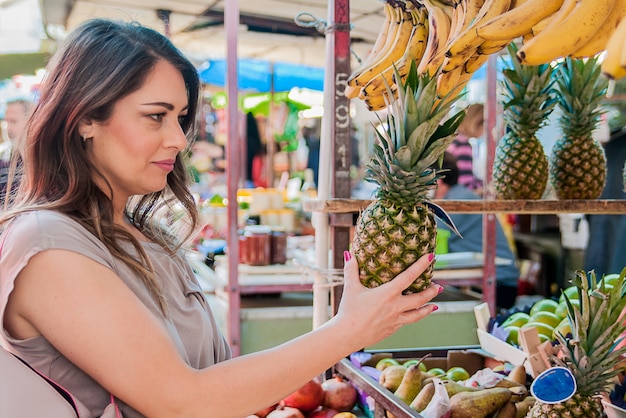
In this, Ask the Experts piece, we’re taking a closer look at how diet affects our skin. By this point most of us have blamed a breakout on a chocolate binge or one too many sugary drinks, but it turns out the relationship between skin and food is even more complex than that. We met up with Elizabeth Geddes-Bruce, MD, MS to talk about how different foods can cause skin to be oily, dry, inflamed, hydrated, even younger-looking.
“Dermatologists have long known that nutritional deficiencies often first manifest by changes in skin quality, and yet, we frequently fail to discuss with our patients the many benefits that diet can have on their skin,” explains Dr. Geddes-Bruce.
“I’m a firm believer that the two are connected – what you eat can influence how your skin appears. I hear it from my patients all the time. And studies back up what they are saying – certain nutrients can protect against photodamage and premature aging, and others can accelerate damage and disease.” Read below to see Dr. Geddes-Bruce’s professional opinion on how some of our favorite food groups can affect our skin.
Red Meat.
I see nothing wrong with indulging in the occasional hamburger or hot dog, but your skin will thank you if your day-to-day diet focuses on lean sources of protein. Not only are chicken and turkey high in niacin, a B vitamin that can protect against skin cancer, they are also lower in saturated fat content, which means they are less inflammatory than red meats.
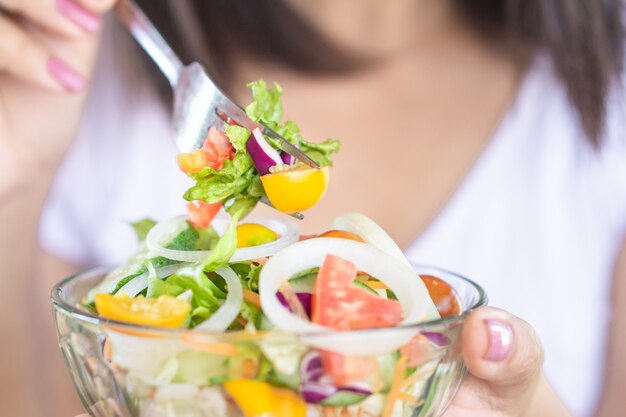
Gluten.
While gluten is getting a bad wrap in popular culture these days, it’s unlikely to be, by itself, terrible for your skin. What we do know is that gluten is most often found in carbohydrates, and a diet high in carbohydrates is associated with an increased chance of wrinkles. This leads us into the next point…
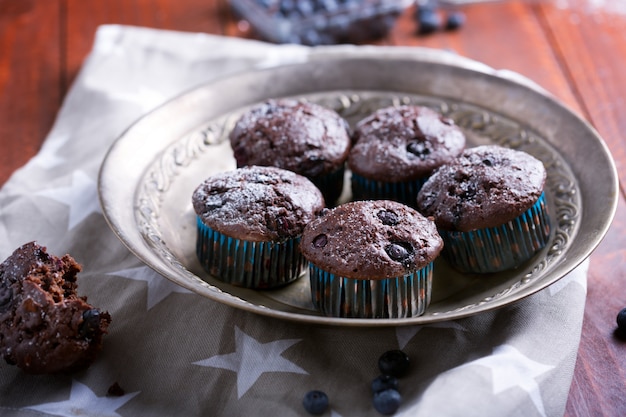
Sugar.
If there were one food to minimize to improve your skin I would vote for sugar. Sugar speeds up the aging process by making the skin less elastic, which causes premature wrinkles and sagging. This happens through a process called glycation where the sugars bond to the collagen and elastic proteins in your skin and cause them to stiffen irreversibly.
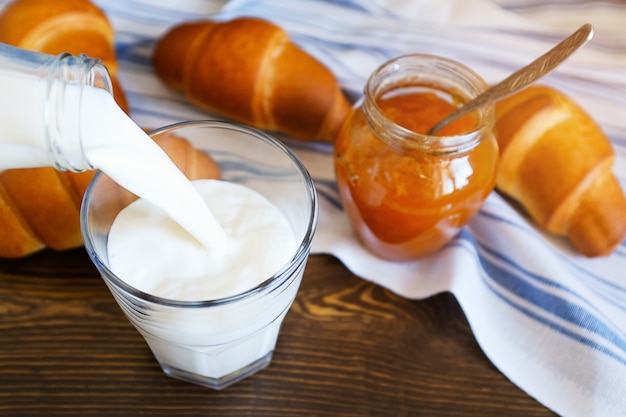
Milk.
If you struggle with acne consider a trial of limiting your dairy intake. Dairy products, especially skim ones, have been linked to acne in multiple population studies. We aren’t sure exactly why – it may be due to the hormones or the high glycemic load causing spikes in blood sugar, then insulin, and leading to increased oil production. But make sure you keep up your calcium intake, which can be found in foods like spinach, kale, white beans, and soy.

Fresh fruit.
It’s a no brainer that fresh fruits are good for your skin. I try to have a little fruit with every meal. Fruits like oranges, strawberries, mangos and papayas have high amounts of vitamin C. Vitamin C is essential to forming tight collagen fibers. It also works as an antioxidant protecting your skin from damage from UV radiation and pollution. And while many skin care products contain vitamin C, not all of them are formulated in a way that guarantees the vitamin C will remain stable and penetrate to the target areas.
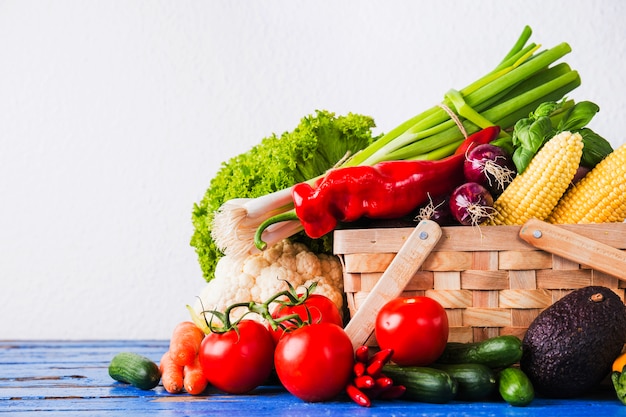
Raw vegetables.
The bolder the color, the better they are for your skin! Dark leafy green vegetables, as well as red, orange, and yellow vegetables contain B-carotenes (a form of vitamin A), lycopene, and lutein – all nutrients that help protect the skin from damage from the sun. And while most vegetables are best in their raw form, you get increased amounts of lycopene by cooking tomatoes – so go ahead and enjoy that tomato sauce.

Fish.
Depending on the type of fish (usually “fishy fish”), a serving can be a good source of omega 3 fatty acids, which are anti-inflammatory in the body. A diet high in omega 3 fatty acids can improve dry and flakey skin conditions, as well as decrease sun sensitivity.

Red wine.
There’s been a lot of hype about the benefits of red wine because it contains a polyphenol called resveratrol. Resveratrol is an antioxidant that protects against skin damage. However, the benefits might be negated by the harms of alcohol on the skin, like dehydration and dilation of the blood vessels, which can flare conditions like rosacea. Overall, I would recommend you enjoy an occasional glass of red wine if you like it, but don’t drink it for your skin. Best to stick to green tea, which is a good alternative that is high in polyphenols.
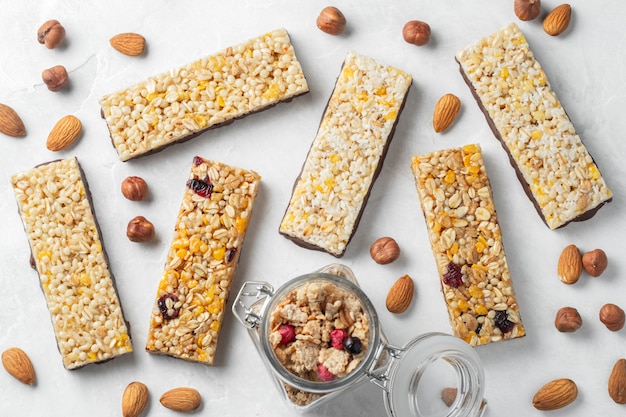
Nuts and seeds.
Both nuts and seeds can be good sources of vitamin E, which is delivered to the skin in your sebum and helps protect cell membranes and promote healing. Nuts and seeds can also contain the trace minerals selenium, zinc and copper, which protect against cell damage and promote healthy skin structure.

